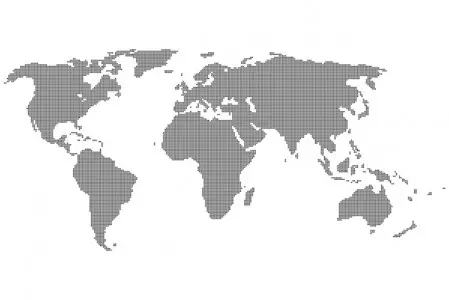Share on Social Media:
The Top 5 Leading Causes of Disease for Females 30 to 44
| Cause of Disease | Females Afflicted | |
|---|---|---|
| 1 | HIV/AIDS | 15,419,010 |
| 2 | Unipolar Depressive Disorders | 13,308,129 |
| 3 | Tuberculosis | 3,929,762 |
| 4 | Iron Deficiency Anaemia | 3,342,411 |
| 5 | Hearing-loss Adult Onset | 3,322,733 |
 Special Report
Special Report
- By the end of 2005, women accounted for nearly half of all people living with AIDS worldwide, and also represent almost 60% of infections in sub-Saharan Africa. New studies underscore the disproportionate impact of the AIDS epidemic on women, especially in sub-Saharan Africa where, on average, three women are HIV-infected for every two men, however among young people (15 to 24 years), the ratio widens considerably to three young women for every young man.
- Depressive disorders, as a single diagnostic category, are the leading cause of disability worldwide. Depression without periods of elation or mania is sometimes referred to as unipolar depression because a person's mood remains on one pole. The World Health Organization's "Global Burden of Disease" study found that that mental illness, including suicide, accounts for over 15 percent of the burden of disease in established market economies, such as in Western countries like Canada and The United States. This is more than the disease burden caused by all cancers together.
- Over 900 million women, mainly between the ages of 15 and 44, are infected with TB world-wide. Tuberculosis affects women mainly in their economically and reproductively active years, thus the impact of the disease is also strongly felt by their children and families. About a third of the world's population, or around 2 billion people, carry the TB bacteria but most never develop the active disease. Around 10% of people infected with TB actually develop the disease in their lifetimes, but this proportion is changing as HIV severely weakens the human immune system and makes people much more vulnerable.
- Iron deficiency anemia alone results in approximately 12 million DALYs (Disability-Adjusted Life Years) lost annually, making it the world's most important nutrition problem. Fifty-one percent of all pregnant women suffer from iron-deficiency anemia. Iron deficiency anemia (IDA) is the most pervasive of all nutritional deficiencies in India, particularly affecting women, especially pregnant women, as well as infants, young children, and adolescent girls. Various estimates from different parts of the country indicate that more than 70% of pregnant women, approximately 50% of all women, and 65-70% of adolescent girls may suffer from IDA. Prevalence of anemia among young children may be as high as 90% when hookworm infections are present.
- Excessive noise is a global occupational health hazard with considerable social and physiological impacts. Worldwide, 16% of the disabling hearing loss in adults (over 4 million DALYs) is attributed to occupational noise, ranging from 7% to 21%. The effects of this exposure to occupational noise are larger for males than females in all regions with the highest rates being in the developing regions of the world. Occupational noise is a significant cause of adult-onset hearing loss. The majority of this noise-induced hearing loss burden can be minimized by the use of engineering controls to reduce the generation of noise at its source.
Tags:
Health Statistics
Sources: WHO report: Injury, a leading cause of the global burden of disease 2000.
List Notes: All Statistics are for the year 2000. This WHO study combines mortality and health data from national vital registration systems with information obtained from surveys, censuses,epidemiological studies and health service data.
Sources: WHO report: Injury, a leading cause of the global burden of disease 2000.
List Notes: All Statistics are for the year 2000. This WHO study combines mortality and health data from national vital registration systems with information obtained from surveys, censuses,epidemiological studies and health service data.

